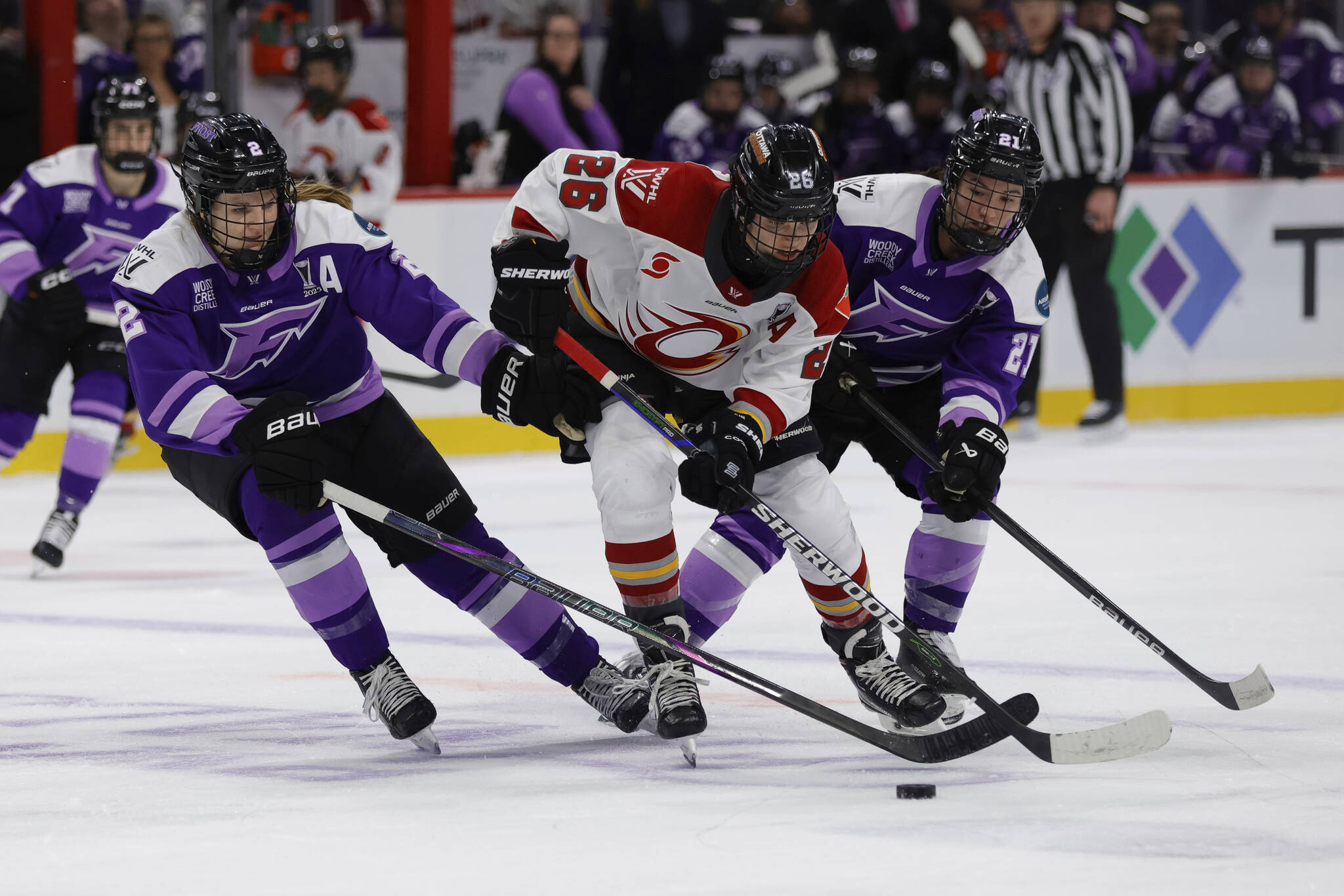Health
Boosting Girls’ Sports Participation: A Call for Community Action

By age 14, girls in Canada drop out of sports at twice the rate of boys, a trend that undermines their access to important physical and mental health benefits. The issue is pressing, as increased participation can enhance social skills and overall well-being. A recent report by Canadian Women and Sport emphasizes that the solution lies beyond merely providing more equipment or facilities; it requires communities to inspire young girls by showcasing potential role models.
Role Models and the ‘Demonstration Effect’
The surge in women’s sports has created unprecedented visibility for female athletes, which is crucial for closing the gender gap in participation. Recent developments, such as enhanced coverage of the Women’s National Basketball Association (WNBA) and the expansion of the Professional Women’s Hockey League (PWHL), reflect this shift in focus. For instance, the gold-medal match at the 2025 Women’s Rugby World Cup captured record viewership, indicating a growing interest in women’s sports.
Prominent athletes like Christine Sinclair, who led Canada to Olympic gold in soccer in 2021, and swimmer Summer McIntosh, who has recently garnered attention for her achievements, serve as powerful motivators. Their success not only inspires girls to participate but also contributes to what researchers term the “demonstration effect.” This phenomenon describes how witnessing elite athletes can spark interest and encourage participation in sports among young girls.
Yet, this inspiration is not enough on its own. The report highlights a significant challenge: local community sports clubs often lack the resources to accommodate a surge in new participants. As demand increases, these clubs must be prepared to provide quality experiences that keep girls engaged and motivated.
Community Support and Infrastructure Needs
To foster long-term participation, community sports organizations must invest in infrastructure and resources. This includes ensuring that facilities are safe, clean, and accessible. Currently, the demand for swimming pools, for example, surpasses availability, underscoring the urgent need for expansion in sporting venues.
Moreover, increasing the number of qualified coaches and officials is essential. Currently, the representation of women and girls in coaching and officiating roles is significantly lower than that of their male counterparts. To counteract this disparity, national, provincial, and territorial sports organizations in Canada must implement training programs aimed at developing and retaining female coaches and officials.
The rising costs associated with youth sports participation also pose a barrier. For instance, the average cost of playing hockey in Canada is approximately $4,478 per child, with additional expenses for equipment. Community sport clubs can address this by designing low-cost programs and exploring government financial support options to make participation more accessible.
Corporate involvement can further enhance these efforts. As women’s sports gain popularity, businesses have an opportunity to invest in sponsorships and corporate social responsibility initiatives aimed at supporting girls in sports.
It’s important to recognize that not all girls have the same needs or access to resources. For example, girls with disabilities may face additional challenges, while newcomers to Canada might require culturally relevant programs. Community clubs must ensure their offerings are inclusive, catering to the diverse backgrounds and identities of all participants.
To truly make a difference, community sport clubs must reflect on their practices and create an environment that welcomes everyone. By improving infrastructure, enhancing training for coaches, and fostering inclusive programming, communities can empower young girls to participate in sports actively and confidently.
The path to increasing girls’ participation in sports requires collective effort. With targeted investments, community support, and an emphasis on visibility and role models, Canada can work towards closing the gender gap in sports and ensuring that every girl has the opportunity to thrive in athletics.
-

 Science3 months ago
Science3 months agoToyoake City Proposes Daily Two-Hour Smartphone Use Limit
-

 Health4 months ago
Health4 months agoB.C. Review Reveals Urgent Need for Rare-Disease Drug Reforms
-

 Top Stories4 months ago
Top Stories4 months agoPedestrian Fatally Injured in Esquimalt Collision on August 14
-

 Technology3 months ago
Technology3 months agoDark Adventure Game “Bye Sweet Carole” Set for October Release
-

 World3 months ago
World3 months agoJimmy Lai’s Defense Challenges Charges Under National Security Law
-

 Lifestyle3 months ago
Lifestyle3 months agoVictoria’s Pop-Up Shop Shines Light on B.C.’s Wolf Cull
-

 Technology3 months ago
Technology3 months agoKonami Revives Iconic Metal Gear Solid Delta Ahead of Release
-

 Technology3 months ago
Technology3 months agoApple Expands Self-Service Repair Program to Canada
-

 Technology3 months ago
Technology3 months agoSnapmaker U1 Color 3D Printer Redefines Speed and Sustainability
-

 Technology3 months ago
Technology3 months agoAION Folding Knife: Redefining EDC Design with Premium Materials
-

 Technology3 months ago
Technology3 months agoSolve Today’s Wordle Challenge: Hints and Answer for August 19
-

 Business3 months ago
Business3 months agoGordon Murray Automotive Unveils S1 LM and Le Mans GTR at Monterey









